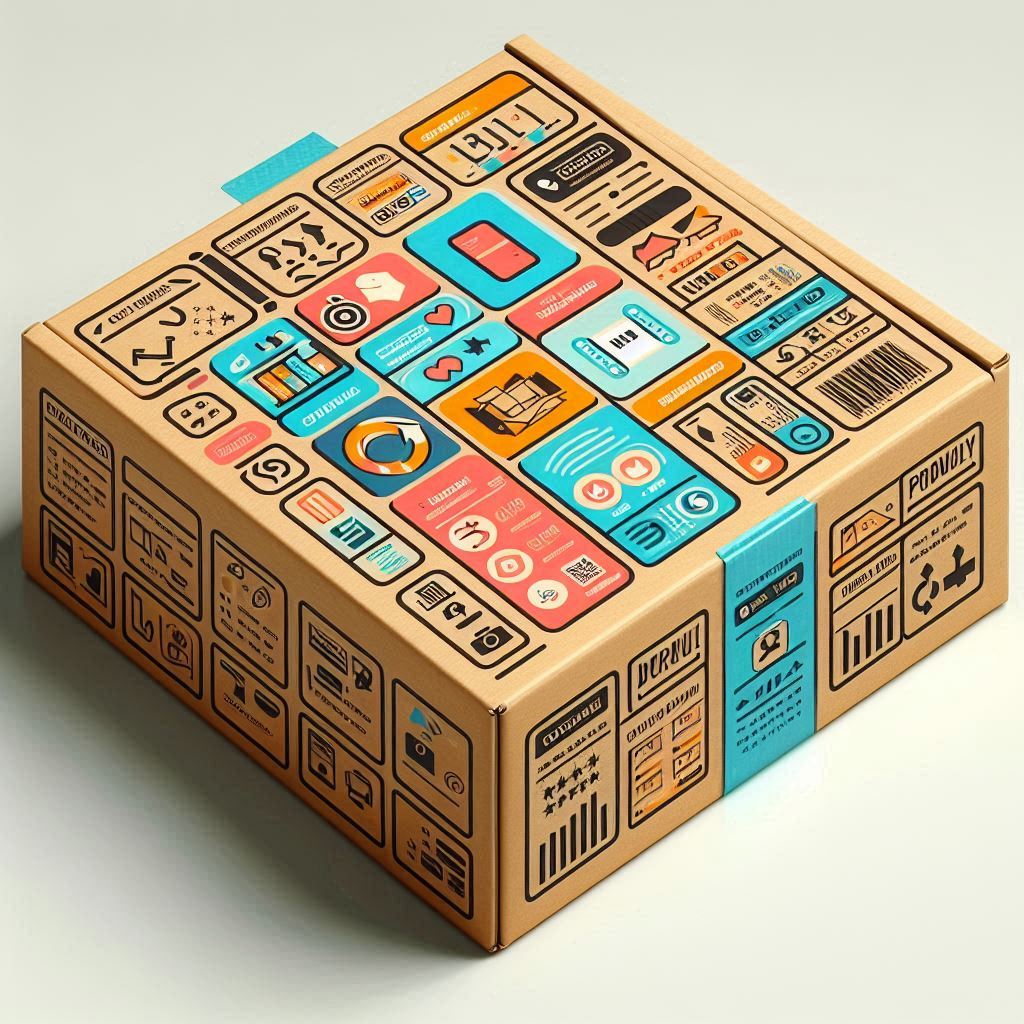Packaging is more than just a protective layer; it’s a powerful marketing tool that can make or break a product. A well-designed package can captivate consumers, drive sales, and build brand loyalty. Conversely, a poorly executed package can lead to missed opportunities and a damaged brand reputation. To help you avoid common packaging pitfalls, we’ve outlined five critical mistakes to watch out for.
Overloading Your Packaging with Information

In today’s fast-paced world, consumers have short attention spans. Cluttering your packaging with excessive text can overwhelm and confuse them. Prioritize key information such as product name, ingredients, usage instructions, and any necessary legal or regulatory details. Remember, less is often more when it comes to packaging design.
For example, consider the minimalist approach of Apple or the clean aesthetic of luxury skincare brands. They effectively communicate product information without overwhelming consumers.
The Perils of Ambiguous Advertising
Clear and concise communication is essential for building trust with consumers. Avoid vague or misleading claims that can lead to disappointment and negative reviews. Ensure your packaging accurately reflects the product’s benefits and features. Use clear and easy-to-understand language, and avoid jargon or technical terms that might confuse consumers.
Example: If your product is organic, clearly state it on the packaging. Avoid vague terms like “natural” or “eco-friendly” without proper certification.
The Importance of High-Quality Visuals
First impressions matter; your product’s packaging is often the first interaction consumers have with your brand. Invest in high-quality photography or graphics that showcase your product’s appeal. Blurry or pixelated images can create a negative perception of your brand and product quality.
Example: Consider high-end cosmetic brands that showcase their products with stunning, HD visuals. Their packaging often features high-resolution images that evoke luxury and desire.
The Psychology of Color in Packaging
Color psychology plays a crucial role in consumer perception and purchasing decisions. Choose colors that align with your brand identity and evoke the desired emotions in your target audience. For example, red is synonymous with ketchup, but deviating from this norm can be risky. While experimenting with different colors might attract attention, it could also confuse consumers who have a strong mental association between red and ketchup. This unexpected change could lead to mistrust and potentially deter purchases.
Material Matters: Choosing the Right Packaging
The packaging material should complement your product and align with your brand values. Consider factors such as product protection, sustainability, cost, and consumer expectations. For example, luxury brands may opt for premium materials like glass or metal, while eco-conscious brands might choose recyclable or biodegradable options.
Conclusion
By avoiding these common packaging pitfalls, you can create packaging that not only protects your product but also enhances its appeal and drives sales.
Contact Globe Print n Pack to avoid such common packaging design mistakes and discuss your packaging needs. Let us help you create packaging box that stands out.

